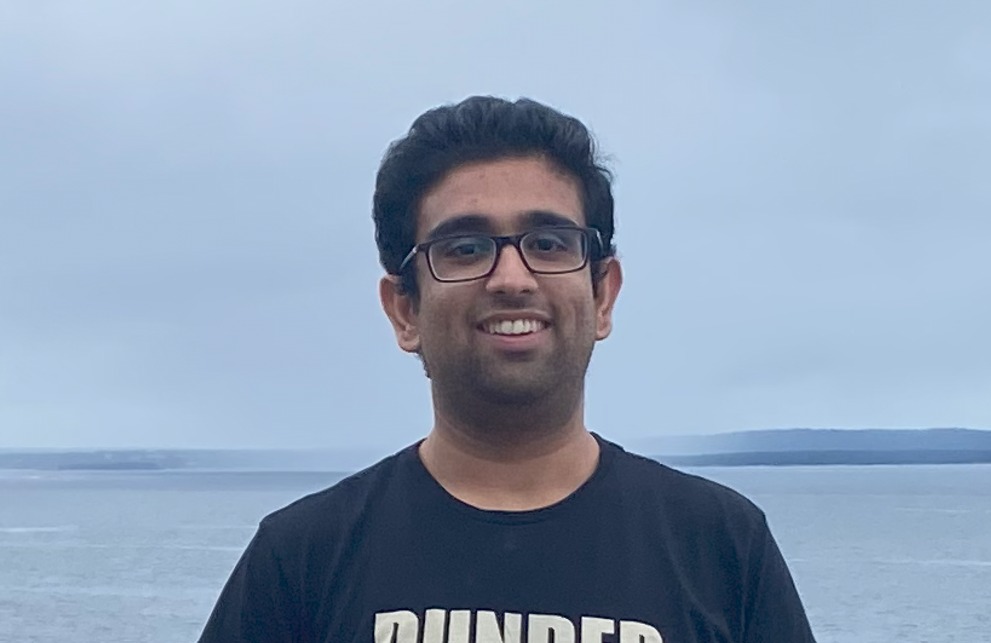In the real estate industry, technological advancements are not just reshaping but revolutionizing the way buildings are managed and operated. There has been a fusion of technology and real estate, referred to as ‘RealTech’, which is fundamentally altering conventional approaches to property development and management. Key technologies like artificial intelligence (AI) and the Internet of Things (IoT) are driving this transformation, offering the potential for increased efficiency, sustainability, and intelligence in real estate ventures. As these technologies are effectively incorporated into projects, the industry stands on the brink of a significant revolution.
To gain deeper insights into this evolving landscape, we sat down with Harsh Yadav, a software engineer at a startup dedicated to creating software and tools for exceptional property management experiences. With hands-on experience in developing innovative solutions at the intersection of technology and real estate, Yadav offers invaluable insights into the latest advancements shaping the industry.
Yadav’s journey in revolutionizing real estate through IoT solutions is marked by several groundbreaking contributions:
- ETL Processes and Cloud Architecture: Yadav has been at the forefront of designing and implementing highly secure and efficient algorithms for Extract, Transform, Load (ETL) processes and cloud architecture for IoT data, utilizing various on-prem, open-source and cloud technologies. This infrastructure facilitates seamless data gathering, processing, and analysis from various sensors deployed within buildings.
- Customer-Centric Analytic Solutions: Through Yadav’s expertise, IoT sensor analytics offer detailed insights into IoT sensor data. These analytics provide building managers with real-time information on alarms, anomalies, and environmental statistics, empowering proactive decision-making.
- Database Management: Yadav’s proficiency extends to crafting and managing SQL and NoSQL databases tailored for efficient data extraction and analysis.
- User Interface Development: Yadav has played a pivotal role in developing intuitive user interfaces for sensor management and visualization. Leveraging the latest infrastructure and design practices, these interfaces empower users with intuitive tools for remote monitoring and control of building systems.
In our interview with Yadav, he emphasized the transformative impact of IoT technologies in real estate management. According to him, recent advancements in IoT are revolutionizing how buildings are managed, offering unprecedented levels of efficiency, safety, and sustainability.
“Technologies like LoRaWAN are particularly promising,” Yadav stated. “Their low-power, long-range capabilities make them ideal for deploying sensors across large properties, enabling comprehensive monitoring and data-driven decision-making.”
Expanding on the significance of LoRaWAN, Yadav elucidated its potential to revolutionize building management. LoRaWAN, a wireless communication technology, facilitates the deployment of sensors across vast properties, ensuring seamless data collection and analysis. This capability, Yadav pointed out, empowers building managers with real-time insights, enabling proactive decision-making and fostering a safer and more efficient environment.
Yadav’s vision extends beyond mere efficiency; he envisions a future where buildings evolve into intelligent ecosystems that adapt to occupants’ needs in real-time. By harnessing emerging technologies like LoRaWAN and cloud computing, he believes the industry can create environments that are not only safer and more efficient but also more sustainable for people to live and work in.
As the real estate industry continues its journey towards digitalization, the pioneering work of individuals like Harsh Yadav is driving innovations that promise to shape the future of property management. With IoT at the forefront of this transformation, buildings are evolving into smarter, more connected entities, capable of responding to occupants’ needs with unprecedented precision and efficacy.
